Cleaning & Disinfection, Cleanroom News, Cleanrooms, Contamination Control, Knowledge Base
The Top 6 Questions for Cleaning Cleanroom Environments
The importance of cleaning must be balanced in the context of environmental management. Cleanroom maintenance and procedures must be meticulously documented and followed. To establish an effective cleanroom cleaning protocol, the following questions should be addressed:
– Which surfaces require cleaning?
– What level of cleanliness is necessary?
– How will the cleanliness be measured?
– What cleaning materials should be used for each procedure or area?
– When should the cleaning take place?
– How frequently should the cleaning be conducted?
Furthermore, it’s essential to consider the various sources of contamination, including shedding from personnel (such as skin, clothing, and hair fibers), moisture, sweating, cosmetics, and potential contamination of walls, floors, and ceilings. Additionally, the protocol should account for spills, leaks, fragments, flakes, fluids, residues, debris, and outgassing of plasticizers from tools and processes. Finally, potential contamination from objects brought into the cleanroom, including through contact transfer and pass-throughs, should be carefully considered.
Consult with your Environmental, Health, and Safety (EHS) manager, who ensures that a company’s or institution’s work practices and conditions comply with environmental, health, and safety regulations while also being safe. Their responsibilities often include creating and implementing safety protocols, programs, and procedures to protect employees and the cleanroom environment.





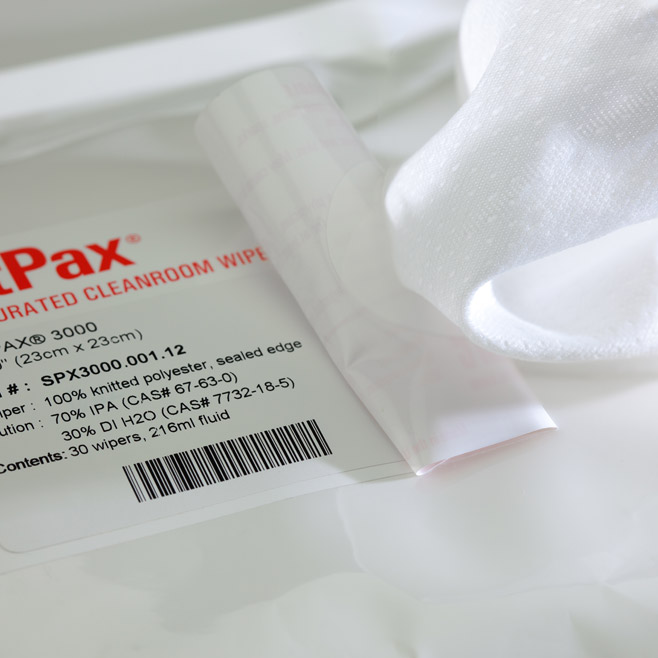
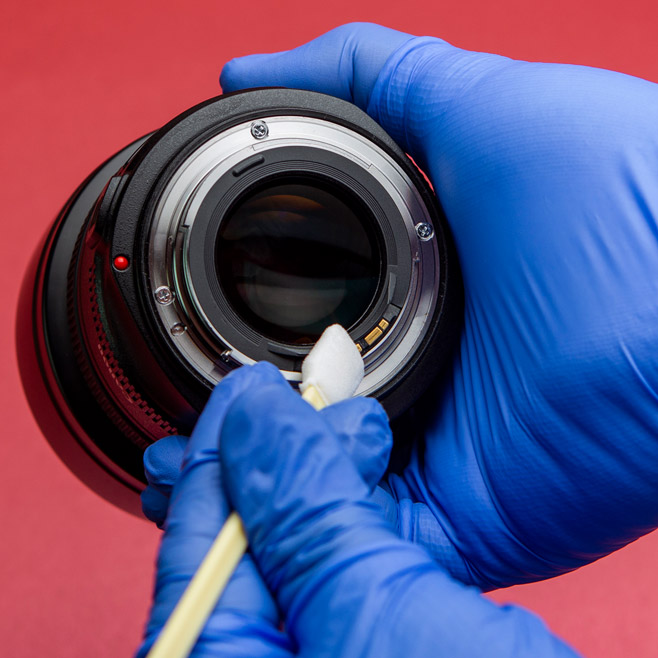
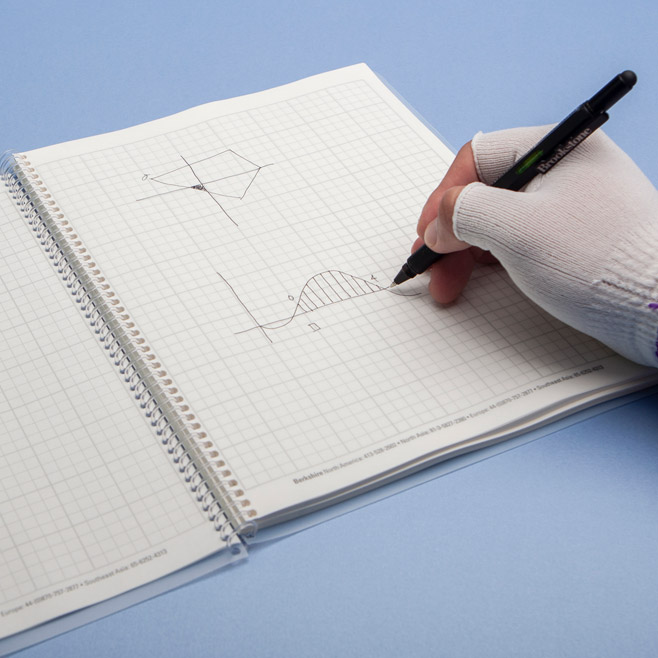

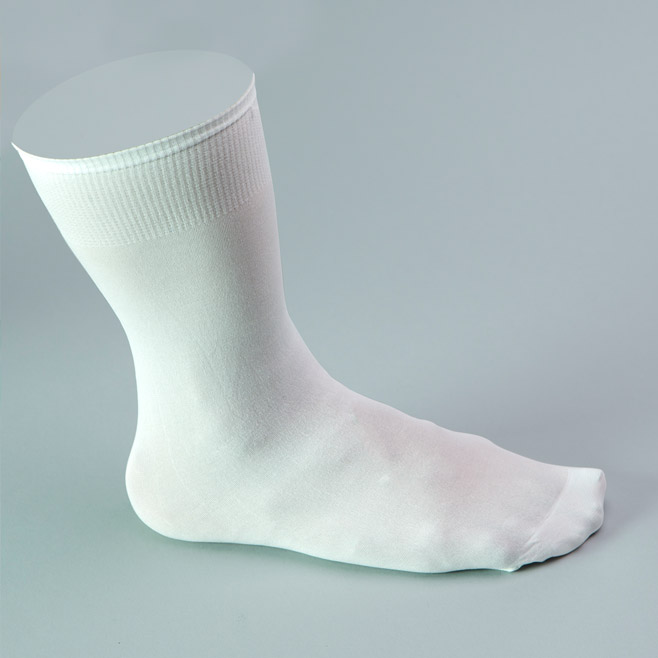
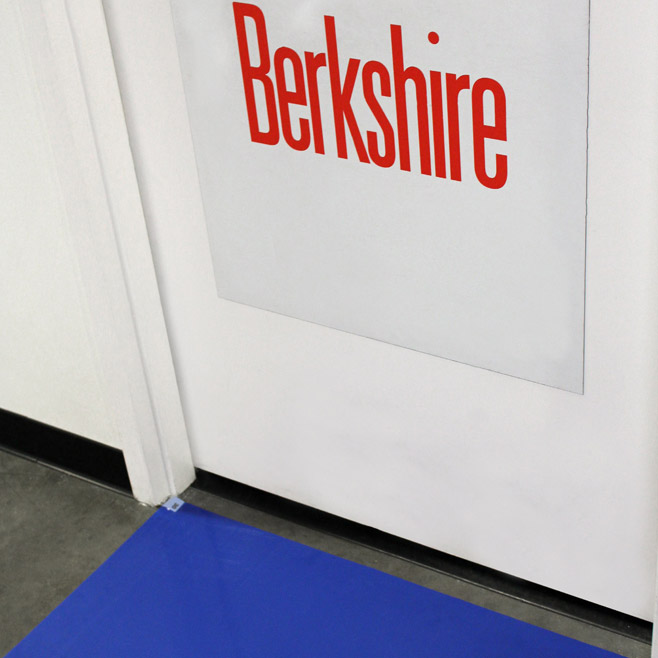

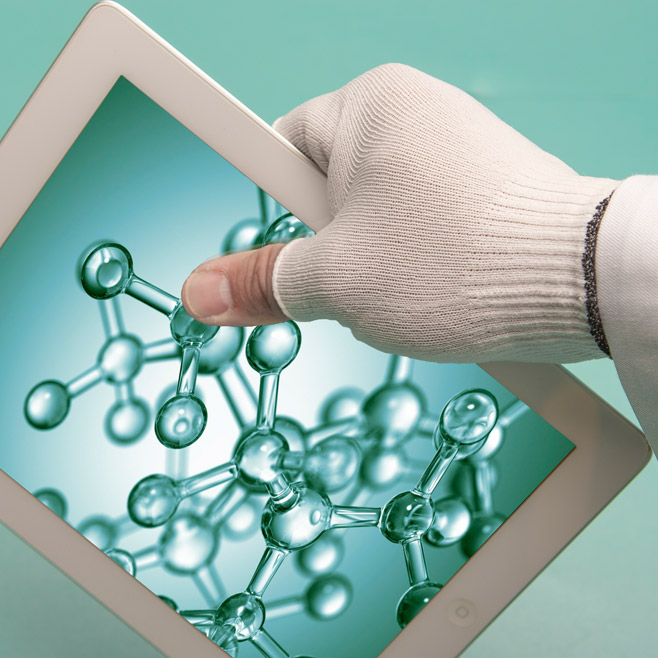
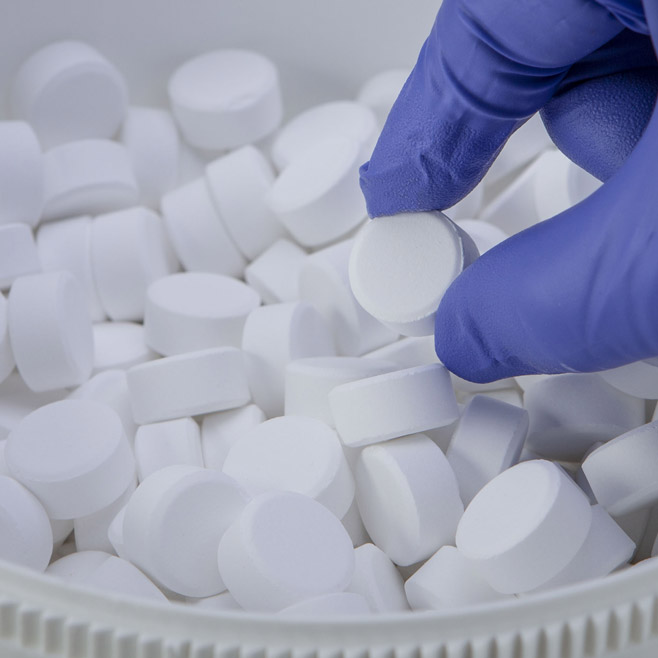
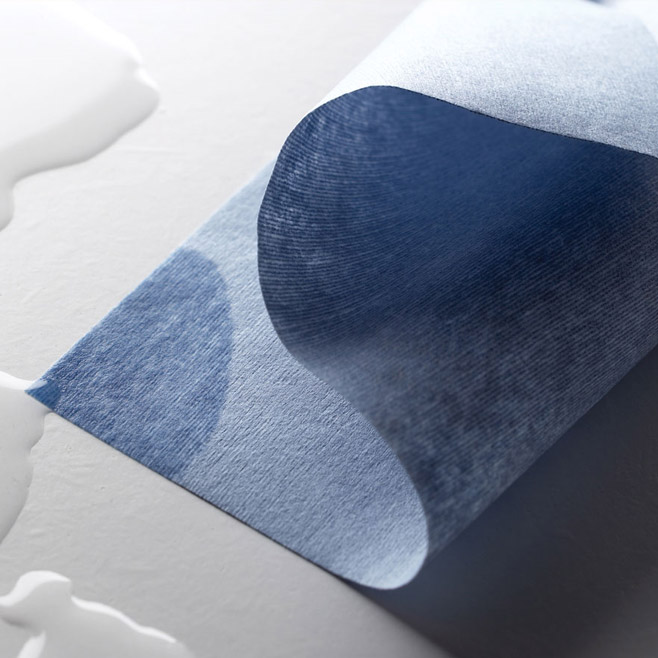
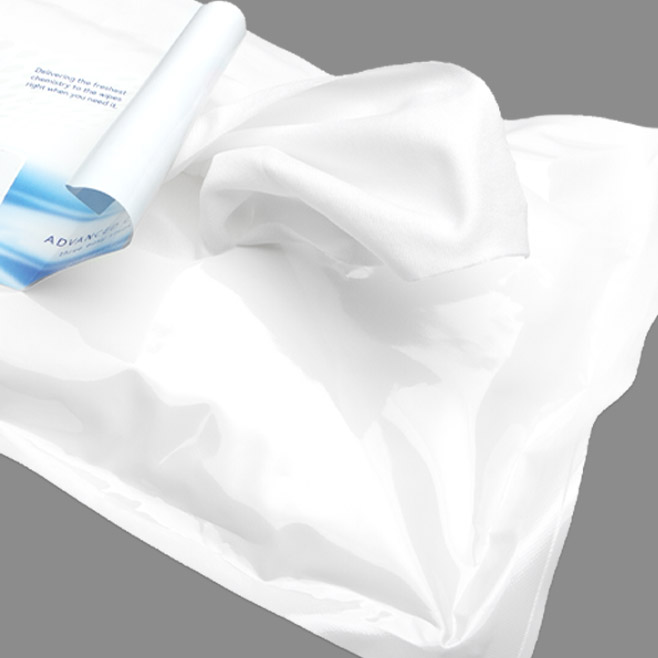
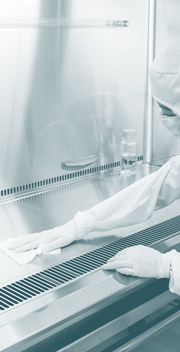




HAVE AN IDEA FOR CONTENT?
We are always looking for ideas and topics to write about.
Contact Us